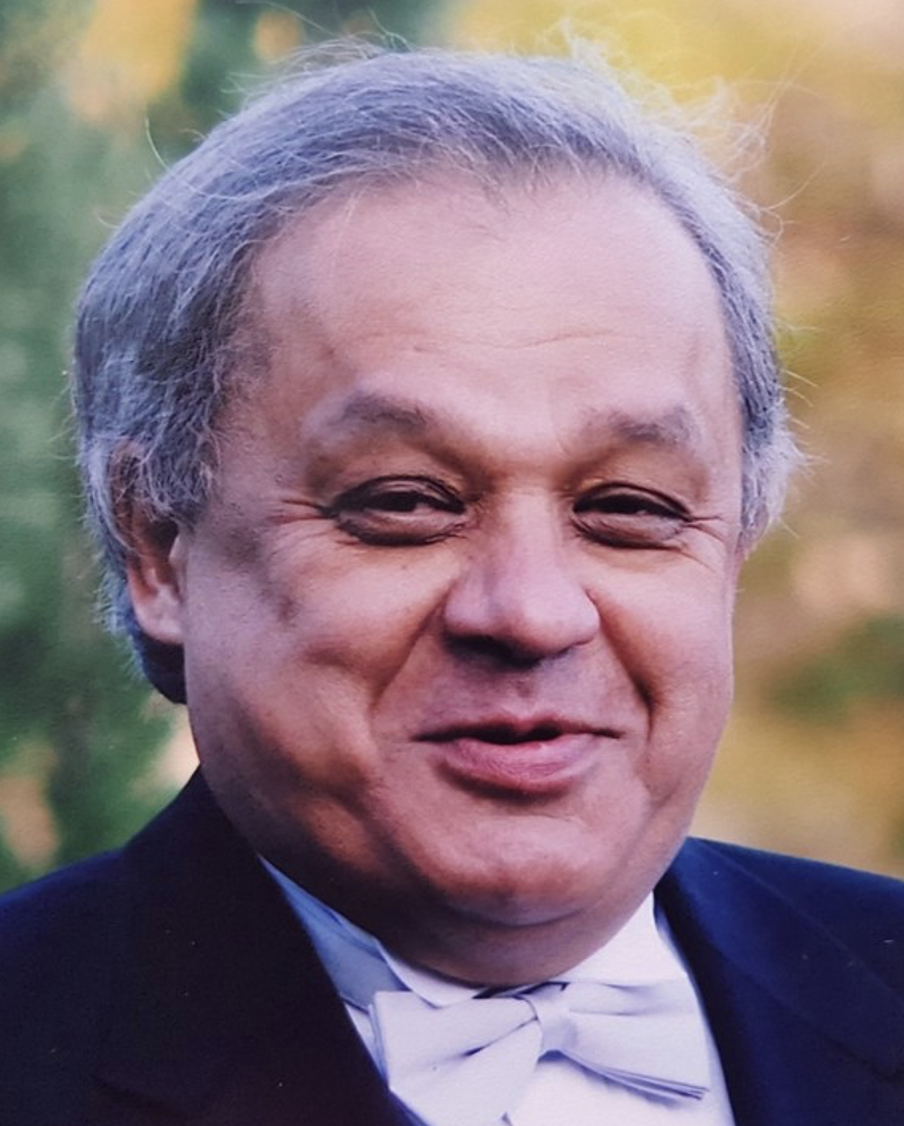Anvar Zakhidov
Online
Professor, Deputy Director, NanoTech Institute & Physics Department, University of Texas; Visiting Professor, National Research University TIIAME, Uzbekistan
Earlier Zakhidov was working as Senior Research Scientist of Honeywell, (former Allied Signal Inc.) since March 1996. He got his Ph.D. degree in Optics in Moscow in 1981 and since that time was actively involved in scientific research in various places, including Nuclear Institute of Uzbekistan Academy of Sciences, (1983-1988), 4 years spent in Japan (as Monbusho Visiting Professor in IMS, Okazaki and Kyoto and Osaka Universities), 1.5 year in Italy (Bologna, Institute Molecular Spectroscopy).
A. Zakhidov have been awarded internationally recognized awards and fellowships for excellence in the field of Physics and Material Science (Monbusho and NEDO (Japan), and INTAS (Europe)). So he was recognized as “The Engineer of the Year Award” by CIE/USA in the year 2002 and got Nano 50 Award from Nanotech Briefs Magazine (2006), and the NanoVic Prize from Australia (2006), Kapitza Golden Medal for Scientific discovery (2008) and Elsevier Scopus Award 2018 as most highly cited Russian scientist in the fastest developing area of Perovskite PV.
A. Zakhidov is APS Fellow, AAAS Fellow, Academician of RAEN (Russian Academy of Natural Sciences), Foreign academician of KazNAEN): Kazakhstan Academy of Natural Sciences and a member of other various associations in the field of physics, chemistry and materials science,
Zakhidov is also serving as a US Regional Managing Editor of International Journal of Nanoscience and in the Editorial Board of ‘Molecular Materials”, an International journal and edited a guest volume of Synthetic Metals. Zakhidov was and presently is a Principal Investigator in several grants on advanced materials awarded by such USA Government agencies as DARPA, NASA, DOD, DOE, AFOSR, NSF and others for total funding of over $ 15 M.
A. Zakhidov predicted theoretically and co-pioneered (with K. Yoshino and S. Morita) the experimental discovery of fast photoinduced charge transfer from conjugated polymers to fullerene molecule C60 in 1991. This phenomena is now widely used in plastic solar cells, photodetectors and biochips.
Session with this speaker:


Registration for ICQT-2023 is closed now. See you at ICQT-2025!
Confirm your email
An email confirming your email address has been sent to your mailbox.

